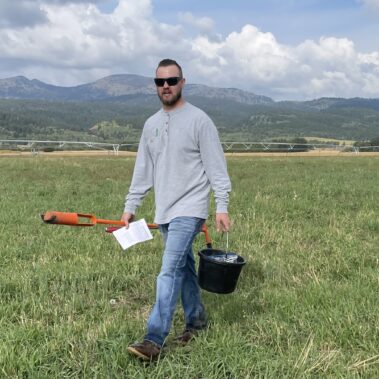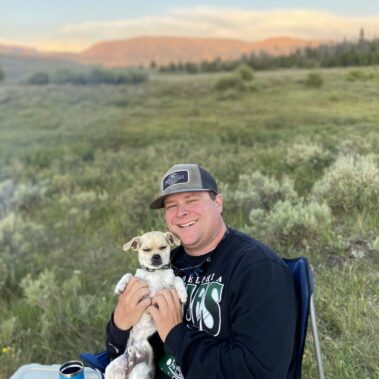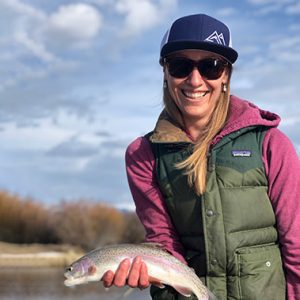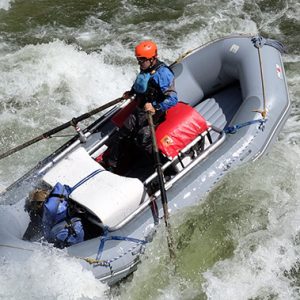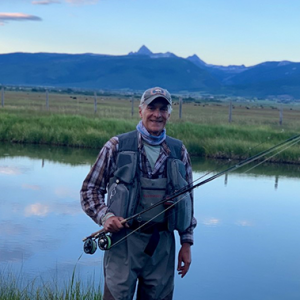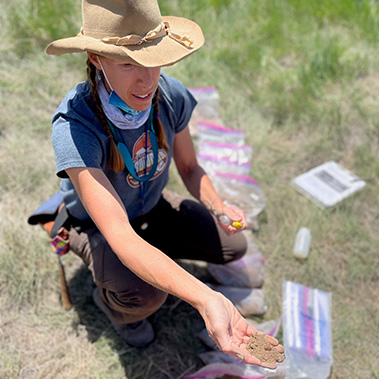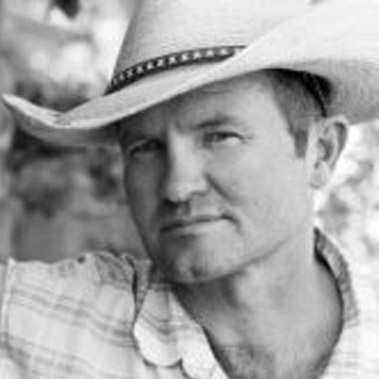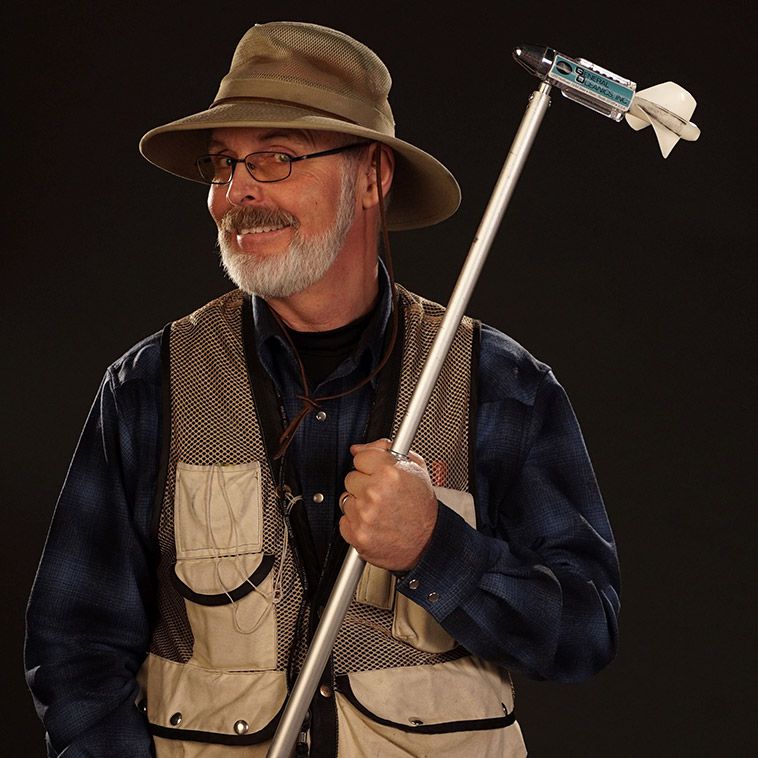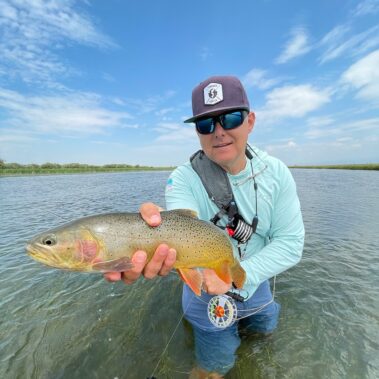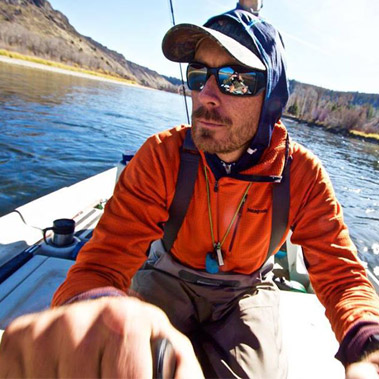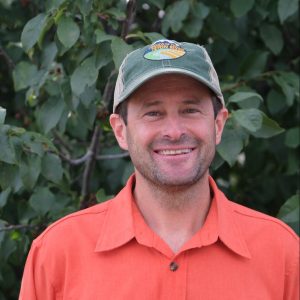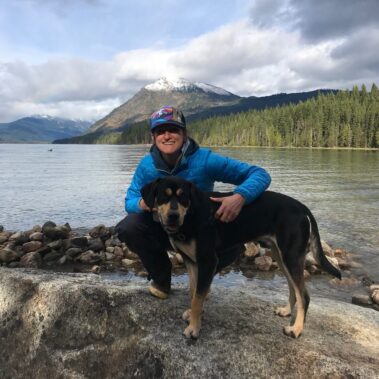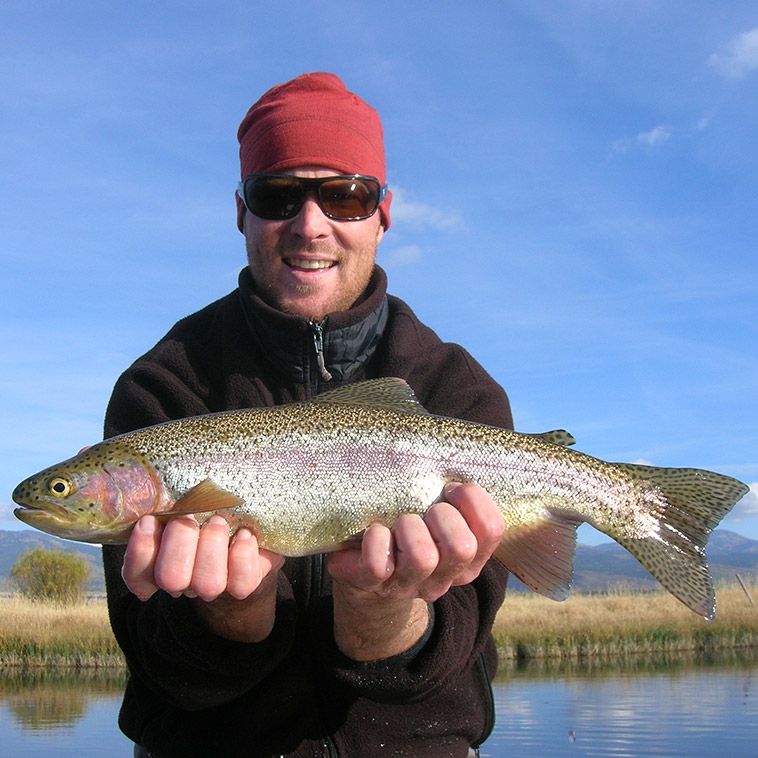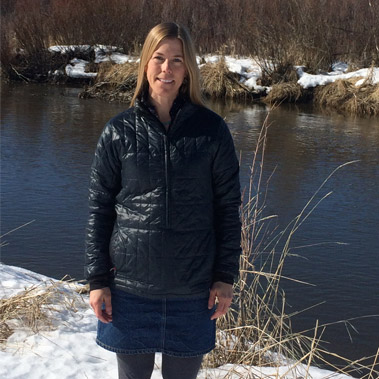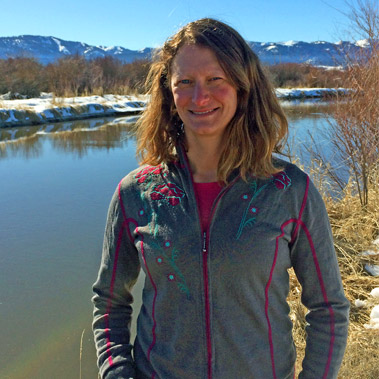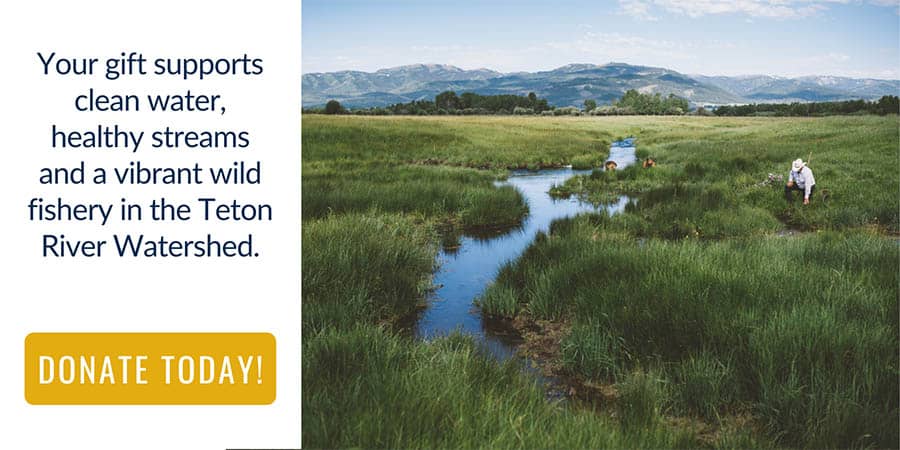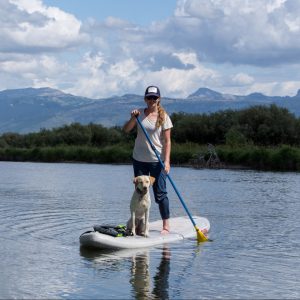Picturing Recharge in Teton Valley

New Approaches to Providing Streamflow for Fisheries in the American West: Embracing Prior Appropriation and the Marketplace
October 23, 2019
Teton Basin Launches Aquifer Recharge Pilot
December 4, 2019Picturing Recharge in Teton Valley
What is Recharge?
Aquifer recharge or “recharge” occurs when surface water is absorbed into the ground and becomes groundwater. In Teton Valley there is a great deal of interaction between surface and groundwater, water is recharged into the aquifer via precipitation, sprinkler irrigation, and water seepage in streams, ditches, and irrigation canals. Water that enters the aquifer moves through the ground more slowly than the surface water running downstream, and is delayed in its return to the Teton River.
Why is FTR interested in Recharge?
By strategically recharging groundwater resources— intentionally recharging water to the sub-surface in specific headwater locations when water is plentiful—we are able to keep water “stored” just a little longer in the natural reservoir under our feet; replenishing groundwater sup-plies for household wells, and delaying water contributions to streams and wetlands, so that the river has a cool and consistent release of water from the aquifer in late summer when fish and wildlife need it most.
How can Recharge help our community?
On average, less water is available from snowmelt and leaving Teton Valley earlier in the year, which has also left farmers with less water for irrigating crops, less water in wells and city drinking water supplies, and less water with higher temperatures in the Teton River to support fish and wildlife. By working with willing water rights holders and irrigators to actively recharge snowmelt into the aquifer, we can increase a more stable groundwater supply for all.
Did you know?
Irrigation canals and irrigated fields contribute significantly to recharging the aquifer. Of the water diverted into canals, 40 percent seeps into the ground as recharge, and only 25 percent of the water applied to fields is used by crops. So, about half of the water used for agriculture annually in Teton Valley (45,000 acre-feet) ends up back in the Teton River.
What is an acre-foot?
Water managers and farmers talk about water in acre-feet. One acre-foot is the amount of water it would take to cover one acre (about the size of a football field) with water one foot deep. One acre-foot is 326,000 gallons. The average size Olympic swimming pool takes 2 acre-feet of water to fill.
What is our plan?
FTR is working with irrigators to strategically use spring flows (April-June) to recharge the aquifer through strategic flood irrigation by running water through canals in the early-season, while conserving water later in the season (July-September) when stream flows decline. FTR has secured grant funding to test recharge strategies—irrigators and irrigation companies receive financial incentives to increase recharge in the spring using existing water rights. FTR is closely monitoring the recharge response by measuring groundwater inputs and stream flows in the Teton River. In 2018, we recharged an additional 10,000 acre-feet to the aquifer. Our goal in 2019 is to recharge 30,000 acre-feet to groundwater for a slow release to the Teton River.
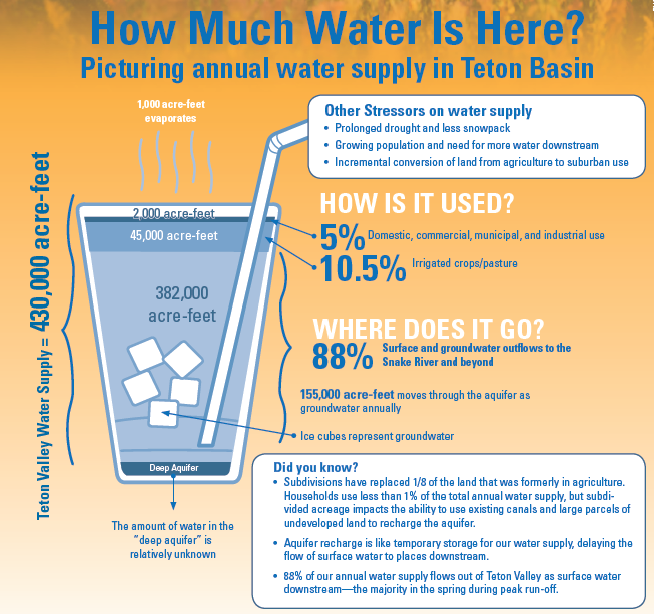
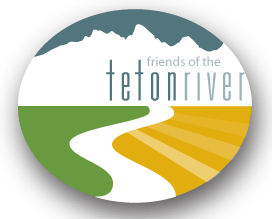
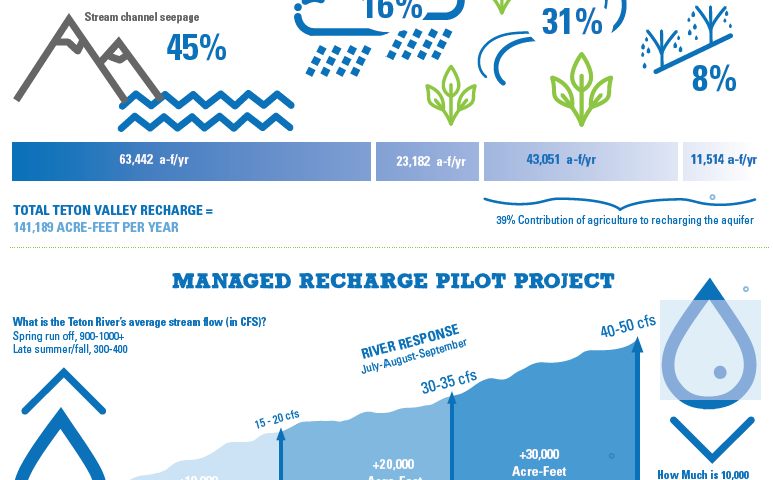
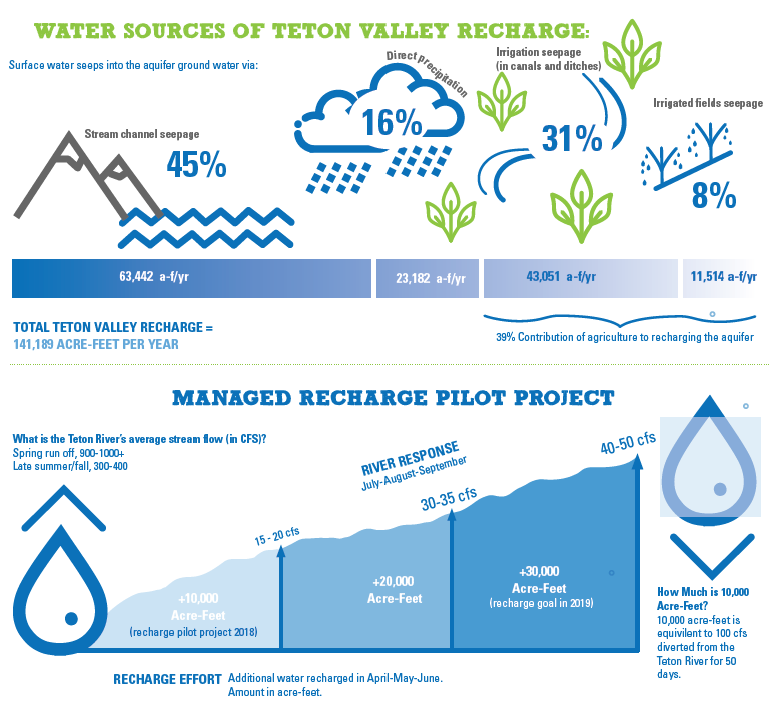
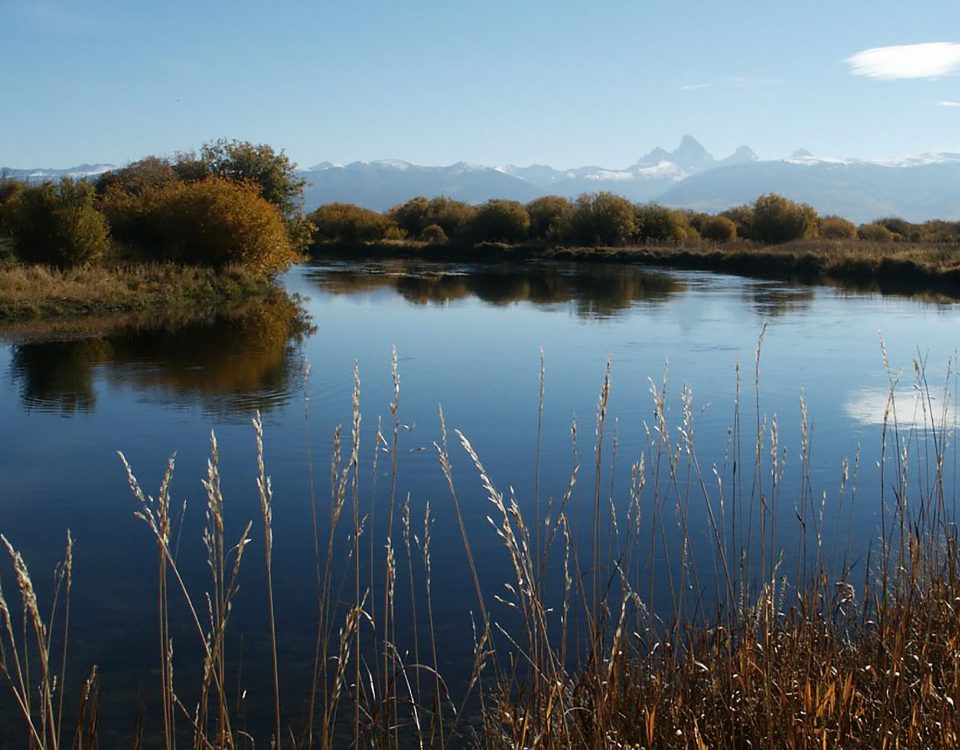
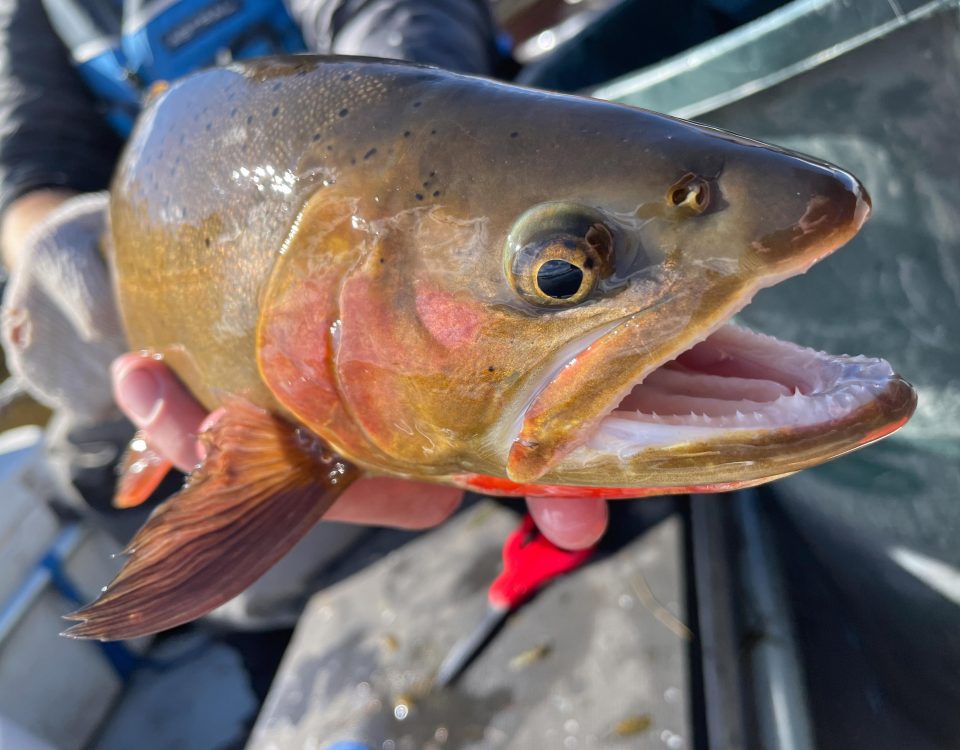
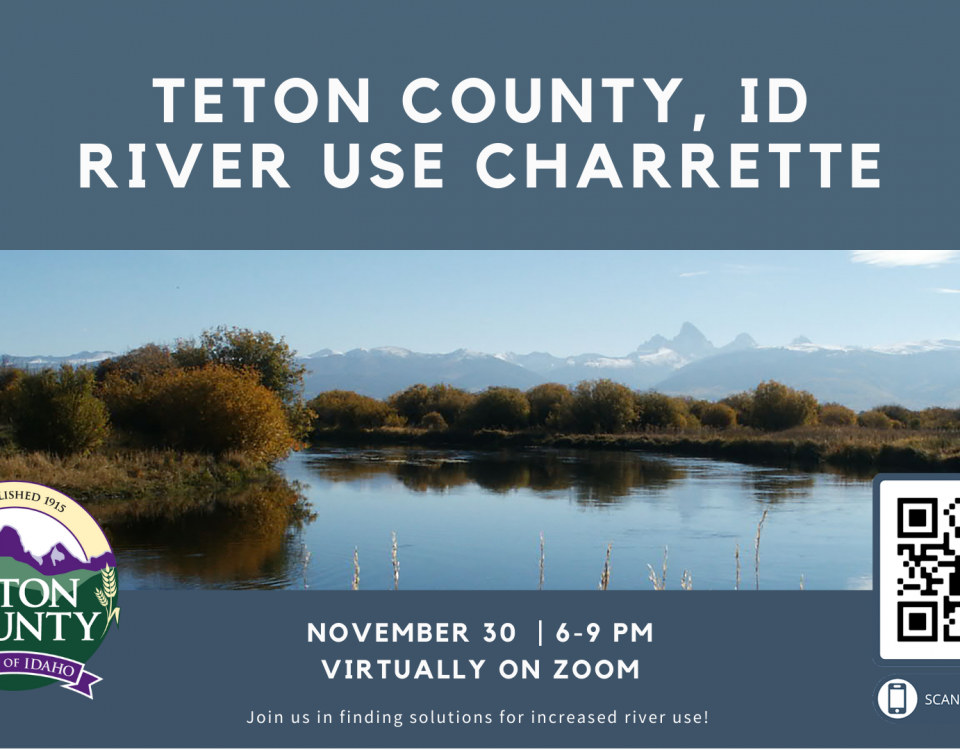
 McKenzie is the Program and Development Associate. She supports the Grants Director, Philanthropy Director, outreach efforts and program staff in the field. She aims to assist staff in meeting goals and producing high quality work in service of the Teton River Watershed. She is originally from Santa Barbara, California and grew up visiting her grandparents in Teton Valley. Her passion for the great outdoors and conservation grew when she studied Ecology and Evolutionary Biology at the University of Colorado Boulder, and she is excited to continue learning from this organization.
McKenzie is the Program and Development Associate. She supports the Grants Director, Philanthropy Director, outreach efforts and program staff in the field. She aims to assist staff in meeting goals and producing high quality work in service of the Teton River Watershed. She is originally from Santa Barbara, California and grew up visiting her grandparents in Teton Valley. Her passion for the great outdoors and conservation grew when she studied Ecology and Evolutionary Biology at the University of Colorado Boulder, and she is excited to continue learning from this organization.
